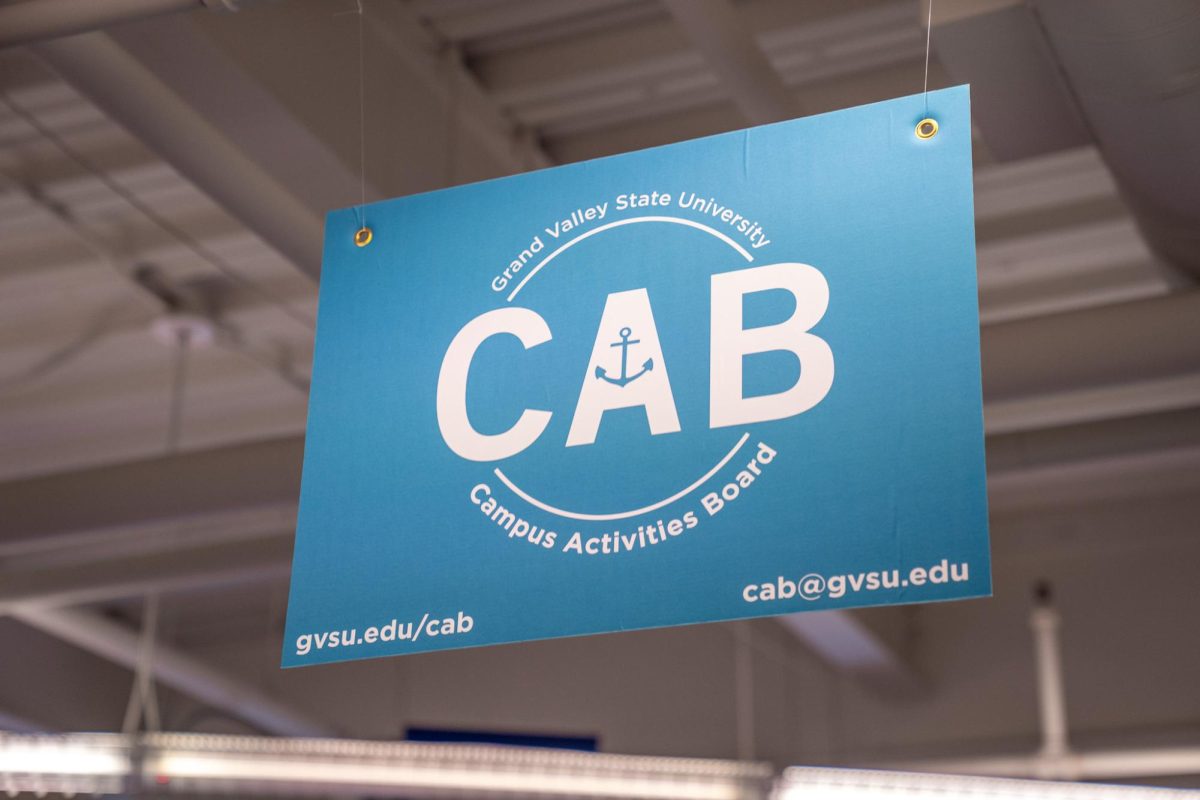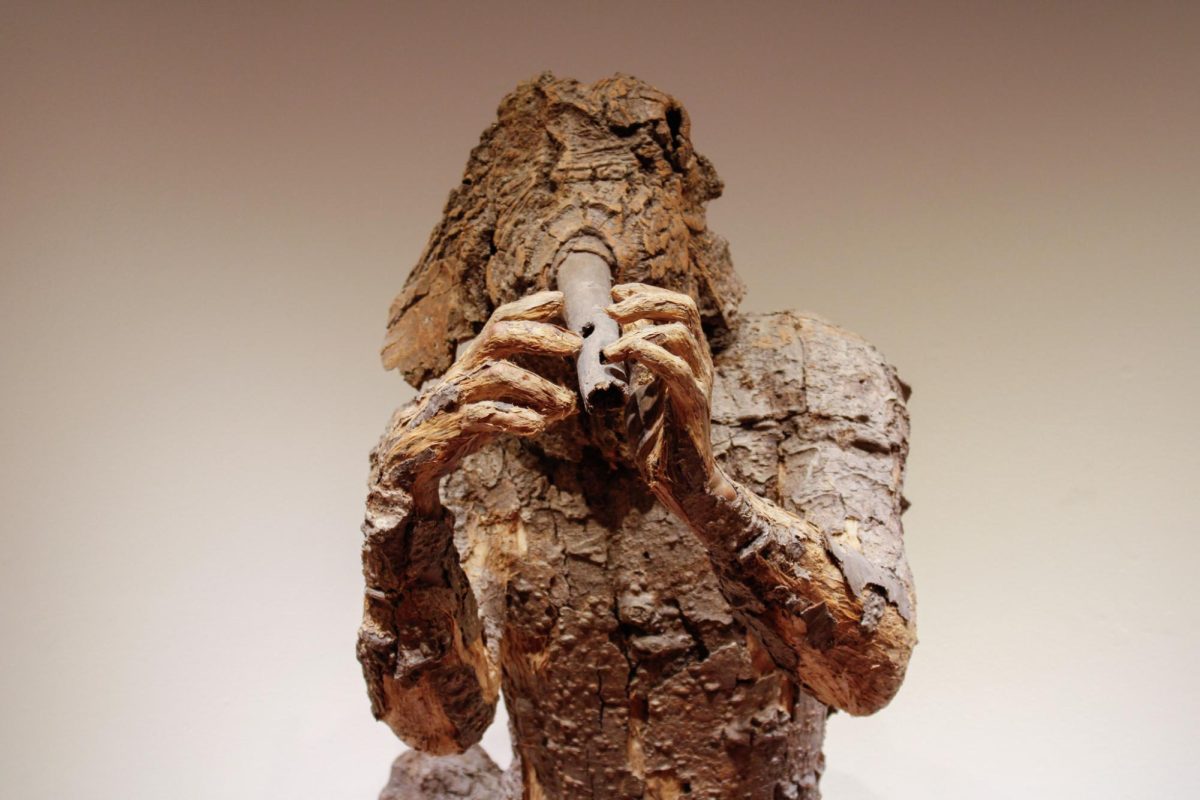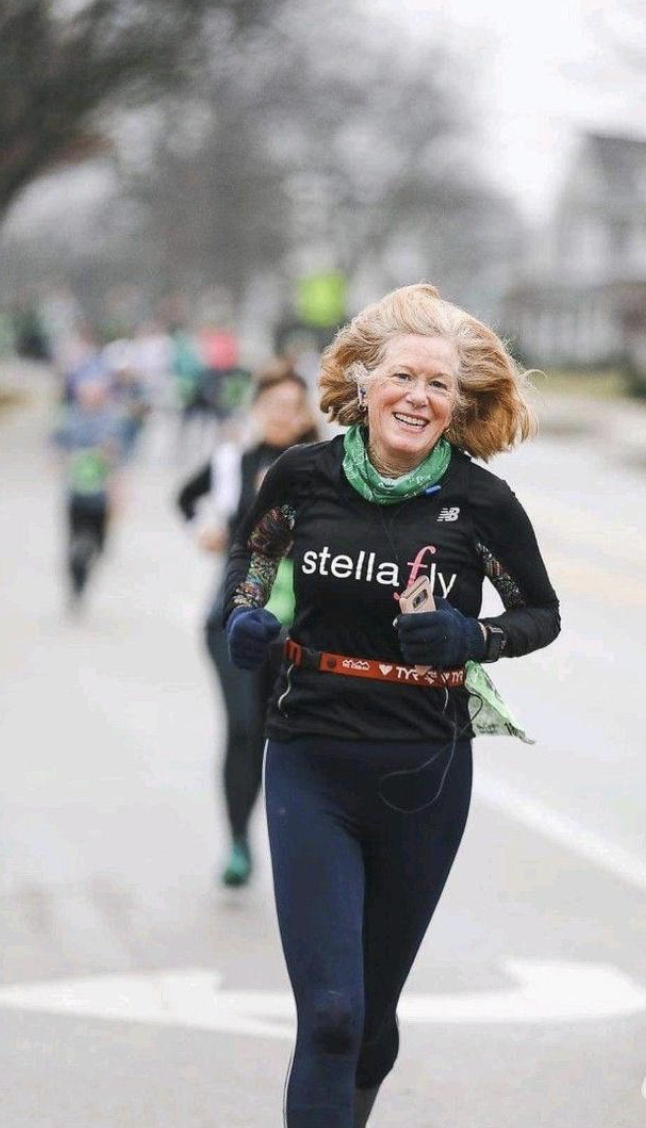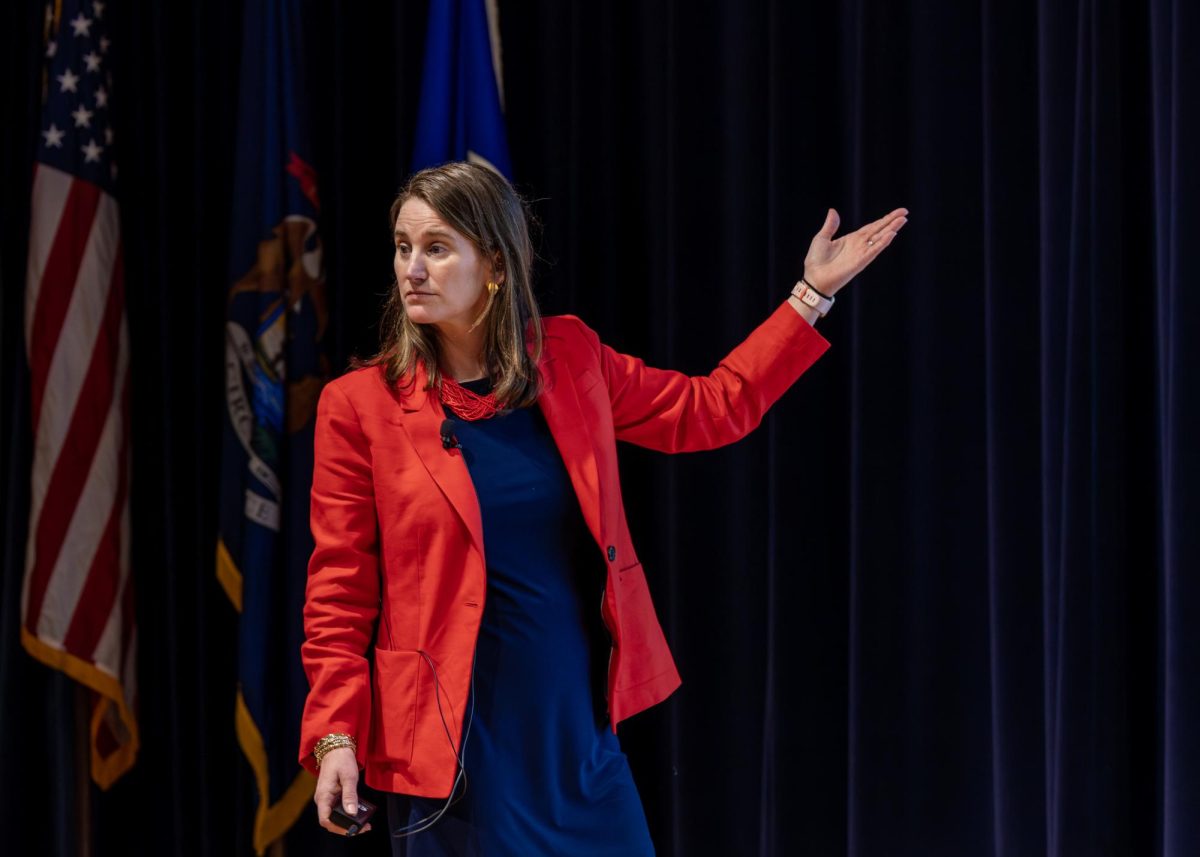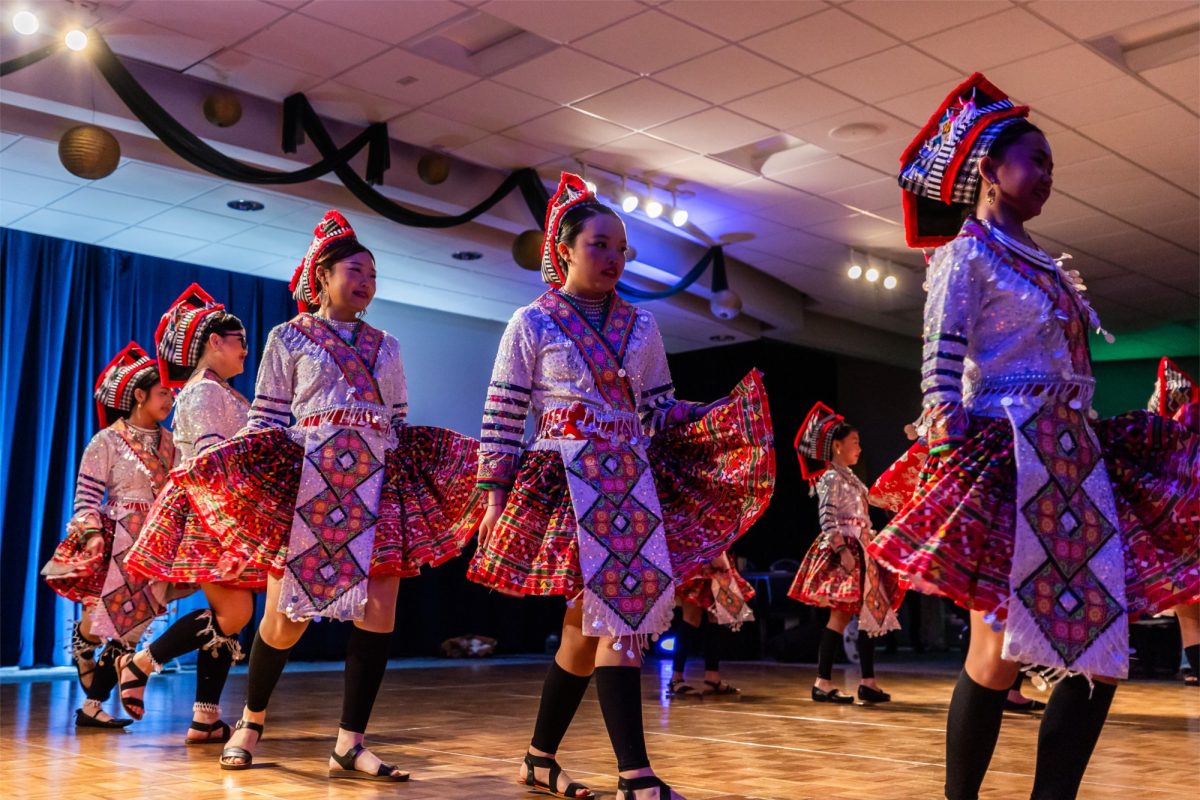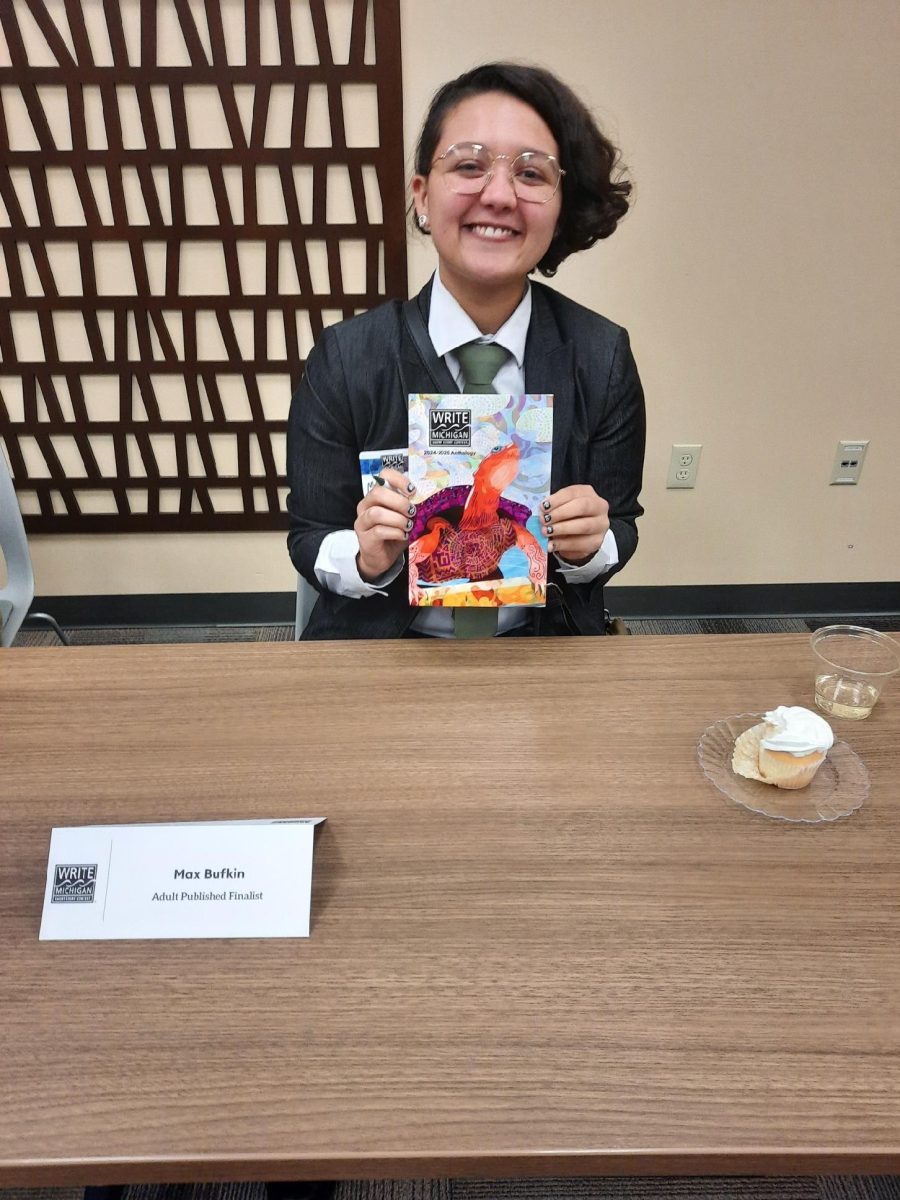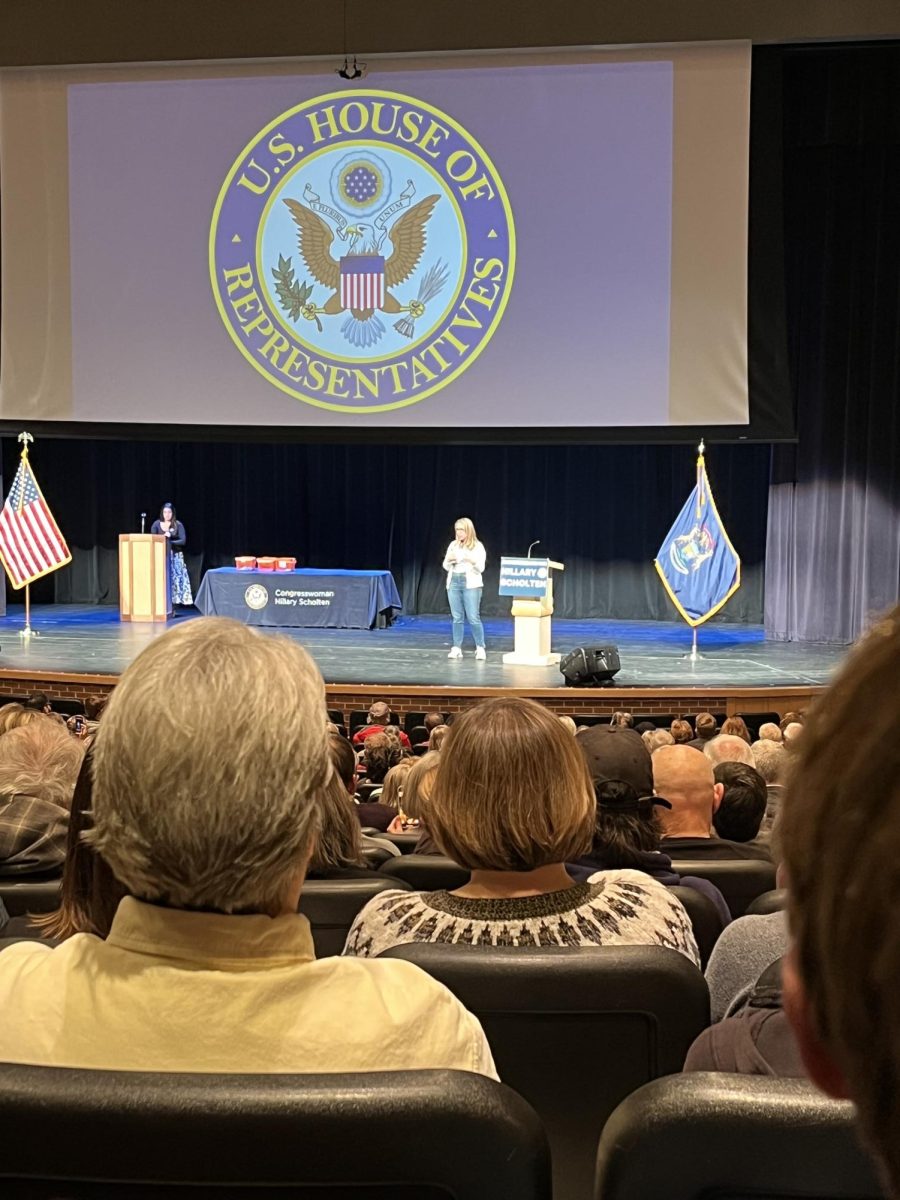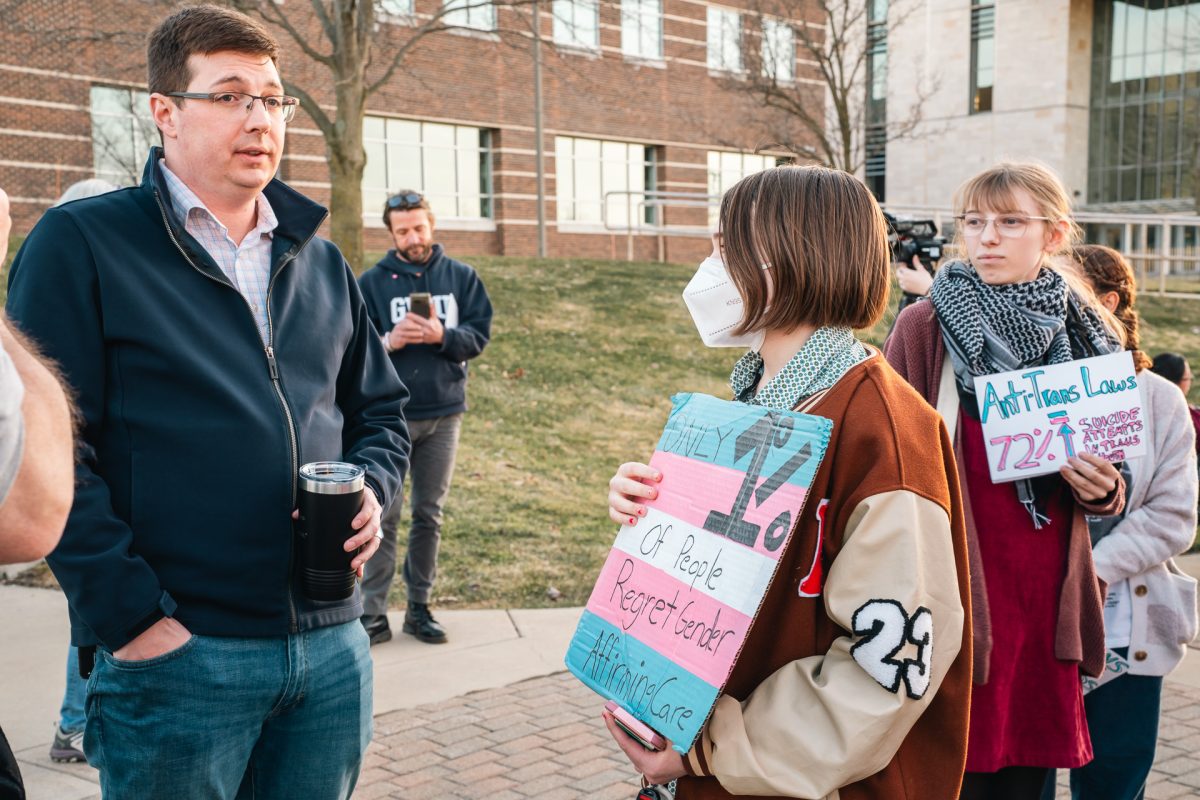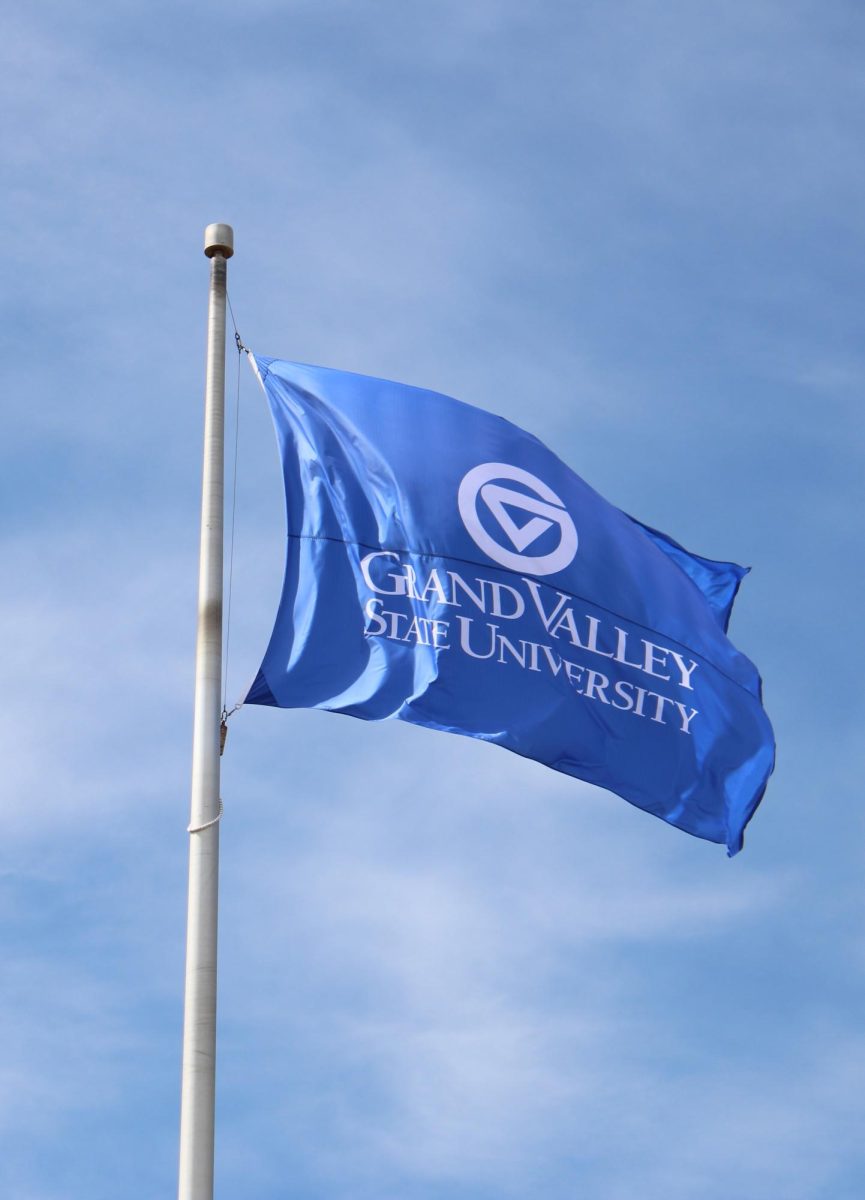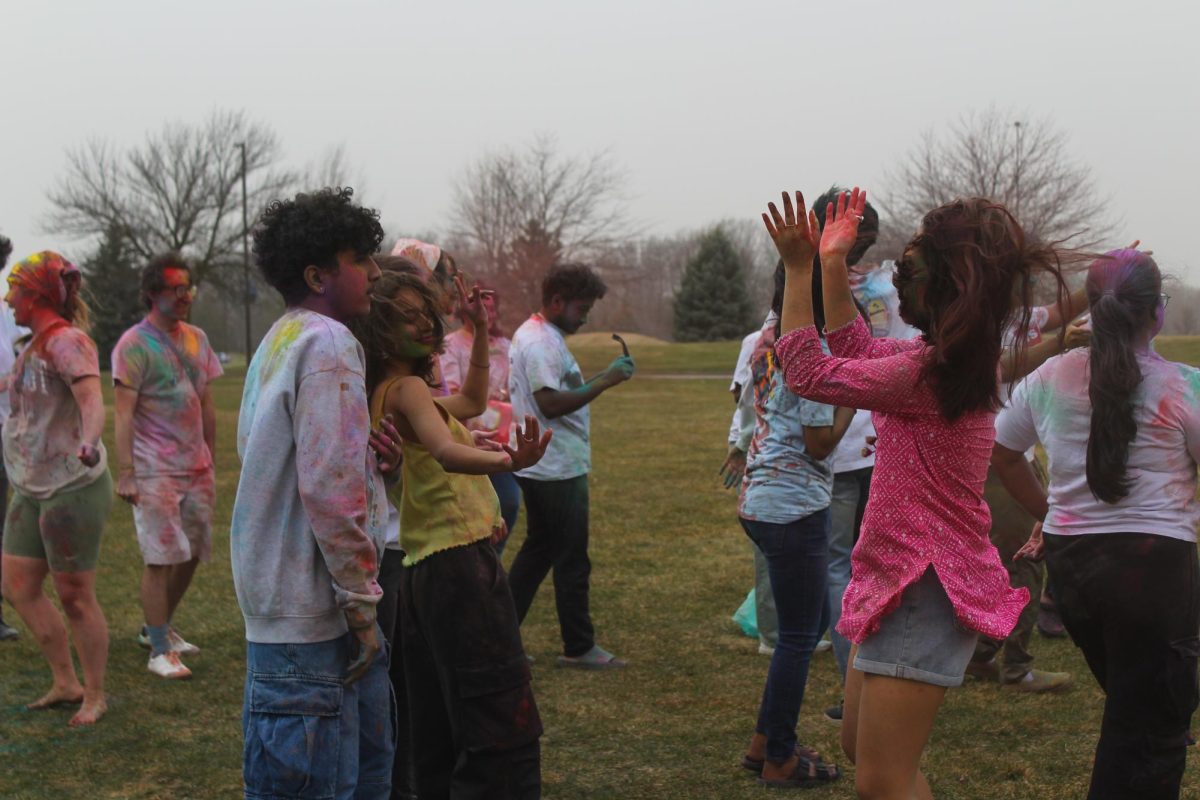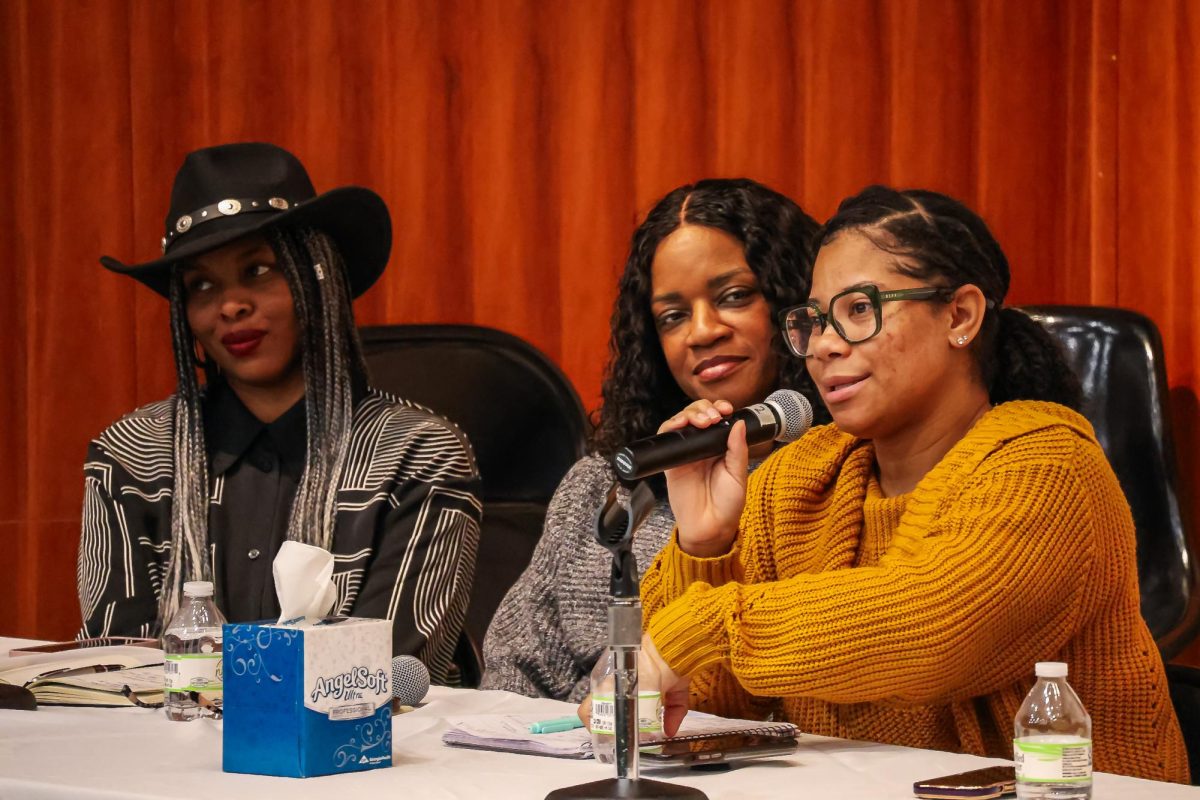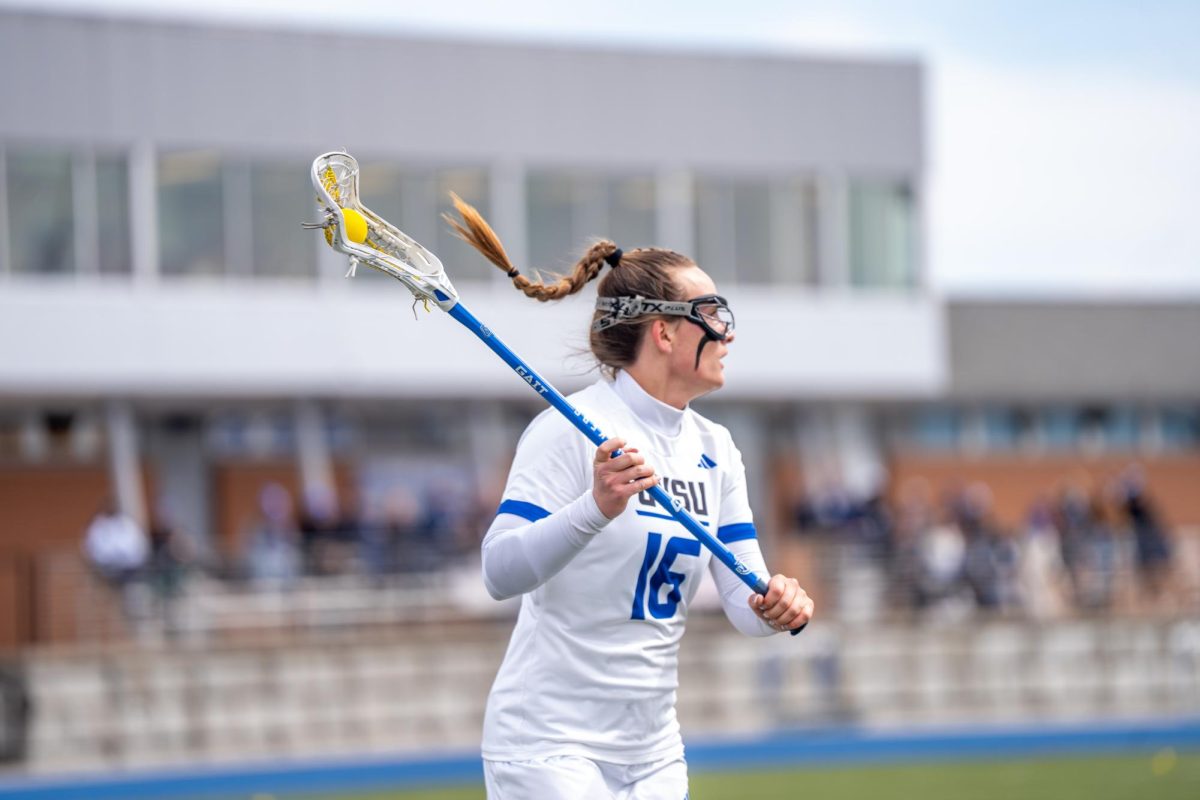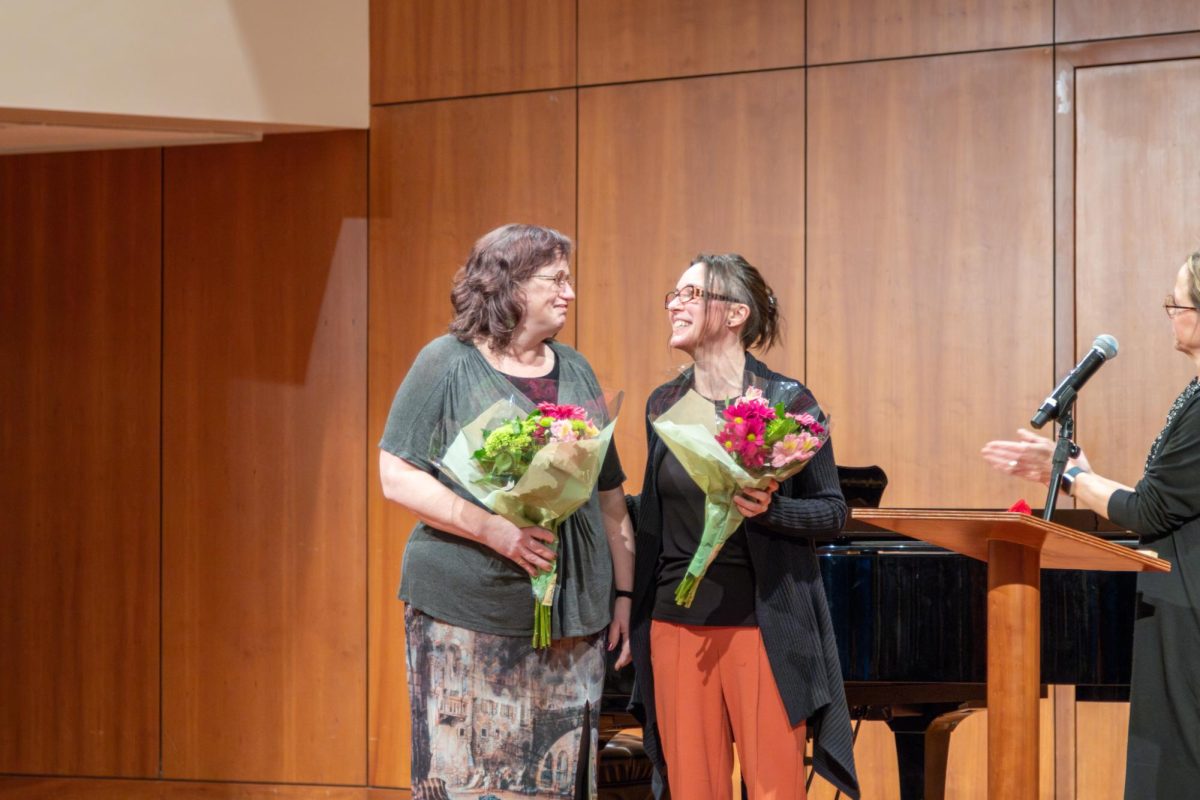CSLC kickstarts gerrymandering discussion
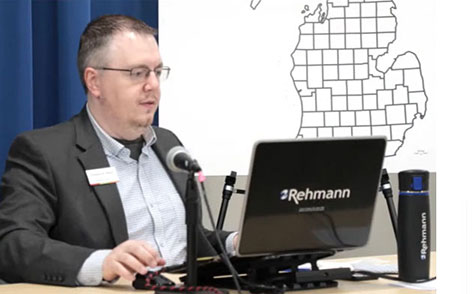
After the passing of Proposal 18-2, thirteen civilian commissioners were selected; four Republicans, four Democrats, and five unaffiliated with either party. (Courtesy/ Michigan Secretary of State)
Feb 1, 2021
This winter semester, like those before it, Grand Valley State University’s Community Service Learning Center (CSLC) will be hosting a Democracy 101 event every other week with a new topic for discussion. This program is styled as a series of co-curricular lectures, panel discussions, and workshops focused on the general idea of democracy within our society, and was created to spark discussion and interest in current political happenings. The first event of the new year was held on Jan. 27, titled “The Census, Redistricting, and Gerrymandering.” It was hosted by the CSLC’s Lead Civic Engagement Associate, Grace McMahon.
The first half hour was a lecture containing information about the chosen topic like background history and definitions. This presentation ensured every participant knew something about the topic and prepared the audience for a more in-depth discussion.
“The census occurs every ten years,” McMahon said. “Redistricting is the process of drawing electoral districts according to the populations gathered by the census. Gerrymandering is when the boundaries of those electoral districts are drawn in a way that favors one party over another.”
The importance this topic currently holds in America has displayed itself in the past few years of legislature, and in the sheer significance that redistricting plays in determining how voting is carried out for a state each election period.
“This is a very relevant topic for this year, and it is important to dive into what each of these topics means and to really see how they are connected to one another,” said McMahon.
A key reason this topic was chosen arose out of Proposal 18-2, passed in Michigan on November 2018. Proposal 18-2 established a citizen commission to be in charge of redistricting Michigan after every census. This is the first year that this amendment will be in effect, and more information about who is on the commission and the timeline can be found at www.redistrictingmichigan.org.
“The way districts are drawn can make it easier to cut minorities out of the political landscape,” McMahon said. “Gerrymandering can result in districts that don’t reflect the political makeup of a state at all.”
The remainder of the session was dedicated to a Living Room Conversation, where everyone was encouraged to briefly introduce themselves and then dive into a deeper consideration of the topic at hand. McMahon began the discussion with some food for thought about what redistricting and gerrymandering means for our voting system and whether we believe it is truly working to hear the voice of the public.
“This conversation will examine the way redistricting is done and we will explore how it could work better,” McMahon said. “It might be wonky, yes, but it is also the foundation of our governance system.”
McMahon then offered discussion questions to start off the conversation and encouraged students to participate with open and honest answers. This discussion community was great for those who didn’t feel like they knew a lot about the subject but was also for those who knew more and wanted to put forward their thoughts and ideas.
The conversation focused on the various perspectives on how redistricting happens, who should be in charge of the process, our experiences with the districts we live in, and what the districts currently look like across the state of Michigan. For those interested in learning something new or exploring a topic further, Democracy 101 is designed to be a great place for learning more, sharing your own knowledge, and taking the time to hear other’s ideas and voices.
The presentation for this event was recorded by the CSLC and can be viewed on their Facebook page at @GVcslc. For those interested in future installments, the next Democracy 101 will be held on Wednesday, Feb. 10, with a focus on the 13th Amendment. A full schedule can be found at their website at www.gvsu.edu/service.





